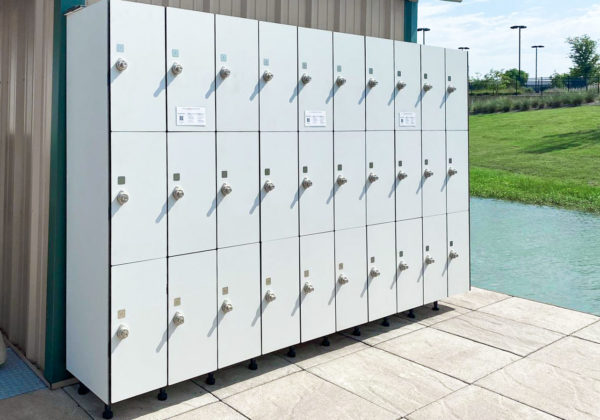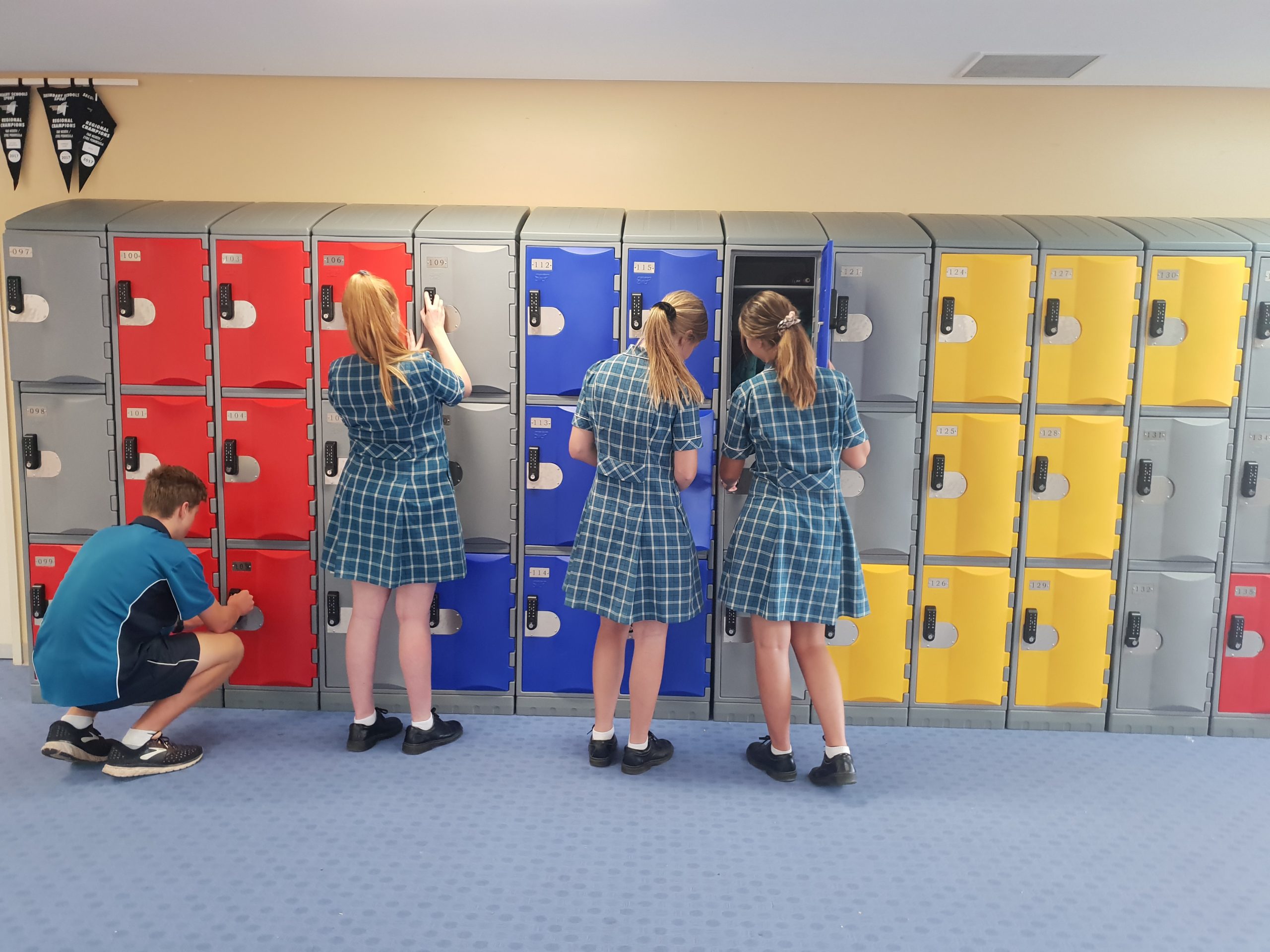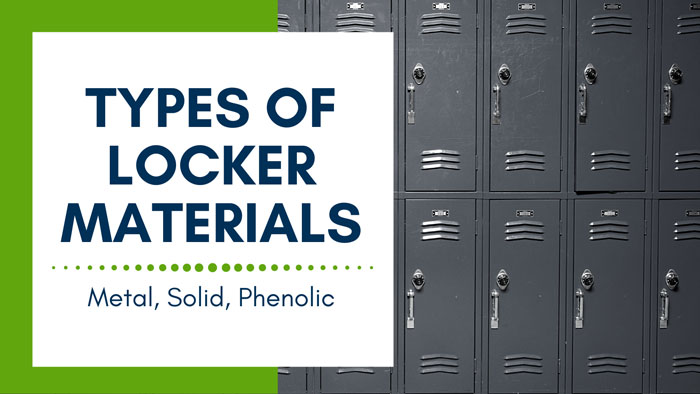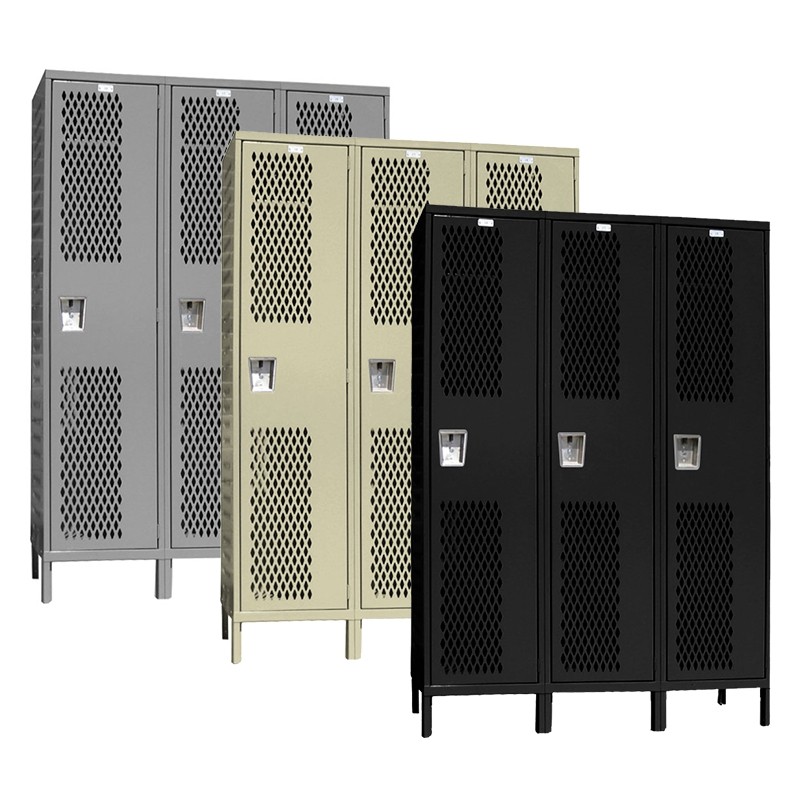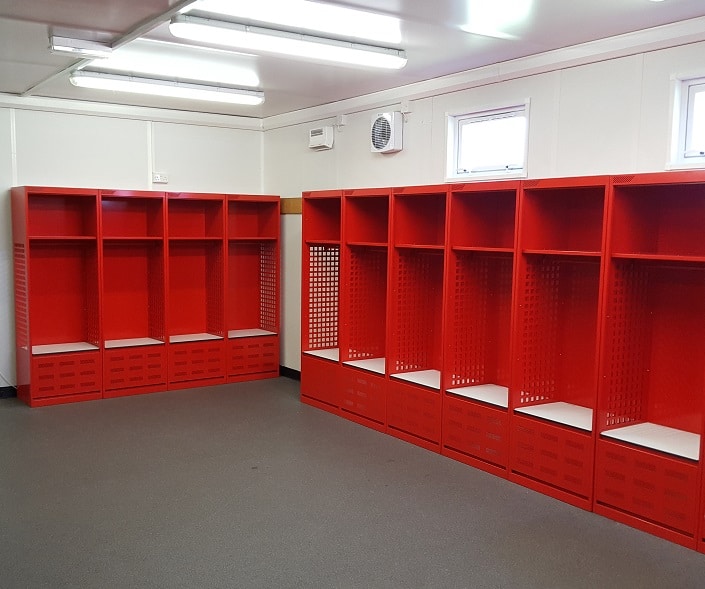Are you on the hunt for some sweet new lockers for your school, office, gym, locker room, or other fun space? Well, you’ve come to the right place, locker pals! I’m here to help walk you through all the locker lingo so you can pick out the most radical lockers that will be a perfect fit. There are lots of different locker sizes, shapes, layouts, and more to figure out – but don’t sweat it. We’ll take it step by step. Strap on your thinking caps, and let’s get locking!
Locker Dimensions
First things first, we gotta talk locker dimensions. That’s a fancy way of saying the height, width, and depth – how big the actual locker is inside. Having the right size locker space is crucial for stashing all your stuff neatly. Most normal lockers are about 72 inches high. But if you’ve got some tall students or grownup employees over 6 feet, you’ll wanna get lockers that are more like 78 or even 84 inches high. That way, the jolly giants don’t have to hunch over and can actually stand up straight in their locker space! For width, lockers often come in 12, 15, or 18 inches wide. Wider sizes like 15-18 inches are better for being able to cram in bigger stuff like puffy winter jackets, sports gear, and bulky backpacks. Then there’s locker depth – that’s how deep front to back they are inside. Locker depths usually range from 12 inches to 24 inches deep. The more depth you’ve got, the more room there is to stash loads of items from floor to ceiling! So go as deep as you can fit for maximum interior space.
How To Configure Your Locker Layout
Now let’s chat about how to configure your locker layout. The most popular options are single-tier or double-tier lockers. Single-tier means you’ve got one single locker stacked on the floor. Double-tier means there are two lockers stacked up – one locker on the top and one on the bottom. Double-tier setups are cool because you can fit more peeps in the same amount of space! Some other funky locker options are Z-shaped lockers that have a cool angled design, waterfall lockers that open on a slanted angle, and bring your own lock (BYOL) lockers that have built-in locks, so you don’t need a padlock. So get creative with different locker shapes and setups!
When planning out your locker layout, make sure to leave enough room between the lockers and around corners so the doors can fully swing open without bonking into each other. You’ll want to have at least a 6-inch gap between locker sides and a couple of feet of space at the ends of each row so peeps can easily squeeze through. Get the spacing right in your layout, and you’re golden!
Locker Dijmensions For Different Spaces
Now let’s get specific about what locker dimensions work best for different spaces:
School Lockers
For schools, the average locker size is usually around 12 inches wide x 12 inches deep x 72 inches high. This gives you a roomy single-person locker. But for high schools, go bigger with 15-18 inch widths and taller 78-inch heights to give those teeners with lots of stuff extra room. Gotta make sure to leave space up top for books and shelving and room down low for kicking off shoes and boots! Most schools do best with standard single-tier or double-tier locker configurations and make sure to leave enough aisle space in the hallways for busy passing periods between classes when peeps are hustling to swap out books.
Office Lockers
For offices, a common locker size is 12 inches wide x 18-24 inches deep x 78 inches high. The deeper depth lets grownups store bigger items like purses, lunch bags, gym clothes, and spare shoes. Also, make sure to include a top shelf in office lockers for hats, helmets, and other misc items. See if you’ve got room for wider 15-inch wide models to give extra elbow space. Single-tier or double-tier lockers work for offices depending on how much room you’ve got. Just make sure the layout allows the locker doors to fully open without bumping into walls or each other.
Gym Lockers
When it comes to the gym or athletic lockers, bigger is better! You’ll want locker dimensions of at least 15-18 inches wide x 24 inches deep x 78-84 inches high. This gives athletes plenty of interior space to neatly stash all their sports gear and equipment. Getting lockers with vented doors or slats for air circulation is also a good idea, so stinky sweaty clothes and gear can dry out nicely. If you’ve got room, having a bench placed between facing rows of gym lockers gives peeps a place to sit while changing. And double-tier lockers configurations are great for maximizing every inch of space usage in the room.
Locker Room Lockers
In locker room spaces, go for full-sized lockers that are nice and big, usually around 18 inches wide x 24 inches deep x 84 inches high. This gives ample room for hanging jackets, storing shoes, and neatly piling in all your gear. Getting lockers with vented or mesh doors is important to help keep moist locker room air dry and aired out. Make sure to include adjustable interior shelving and coat rods too. Having a smaller set of upper lockers stacked over the main big ones is handy for stashing shoes, wallets, watches, and other small valuables. And be sure to space the whole layout with easy entrance and exit flow so people aren’t bumping into each other coming and going.
How To Measure Space:
Alright, got your ideal locker dimensions picked out? Nifty! Now let’s make darn sure you measure the space properly where the lockers will live:
First, measure the total length and width of the floor area in the room. Next, sketch out the room layout on paper or a computer. Make sure to mark where any columns, doors, windows, protrusions, or other permanent fixtures are located. Now you can start figuring out your dream locker size and configuration. Play around sketching different locker layouts on grid paper to scale. Always be sure to include enough spacing between the sides of the lockers and adequate space at the ends of each row.
Once you settle on the perfect locker layout, double-check that the total calculated length and width of your planned locker setup add up to the real measurements of the actual space. They need to align properly, or it won’t fit! If the dimensions don’t match up at first, keep adjusting your sketch until the measurements work. If possible, visit the space during busy high-traffic times to observe how people naturally move around and through the area. Ensure your planned locker layout allows easy, congestion-free foot traffic flow. Tweak the layout as needed to optimize space usage.
Final Thoughts
With all the right locker size specs, smart layout planning, and proper space measurements – you’ll be ready to pick out the perfect lockers and start unlocking the possibilities! Enjoy creating efficient, organized storage that suits your space just right. Let me know if you need any more locker decoding tips!

